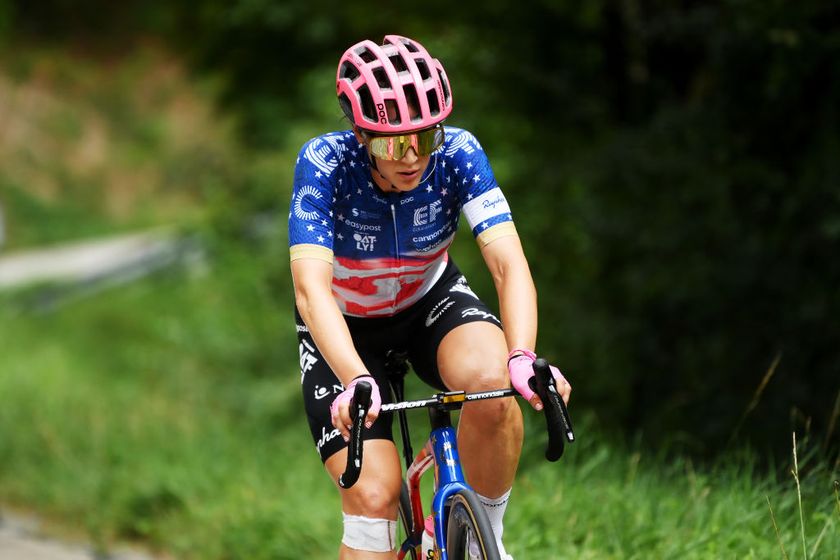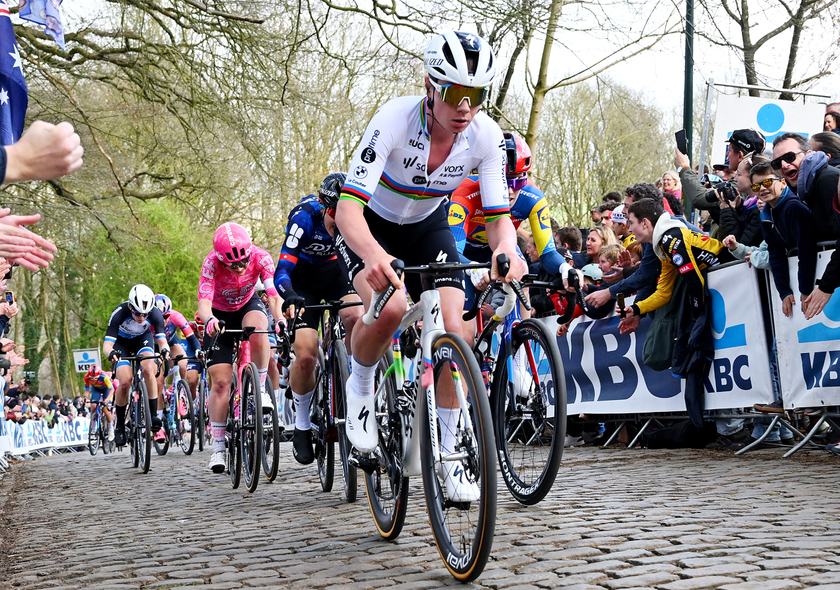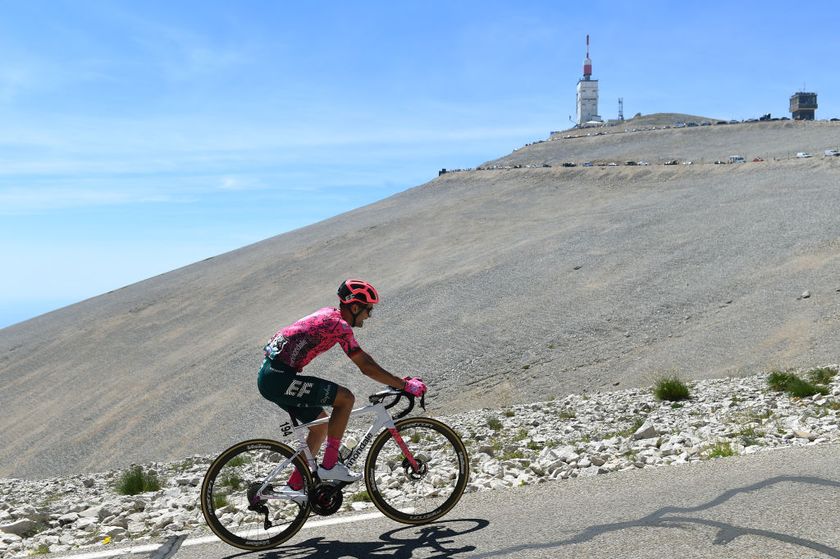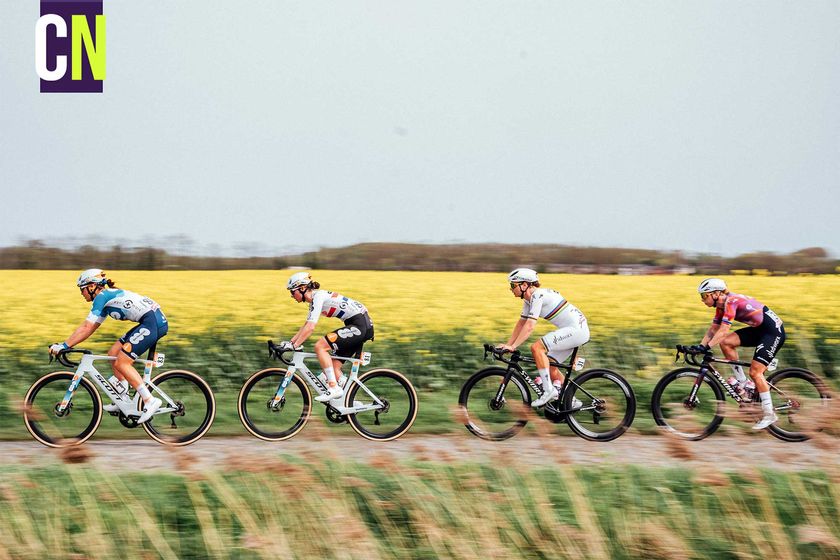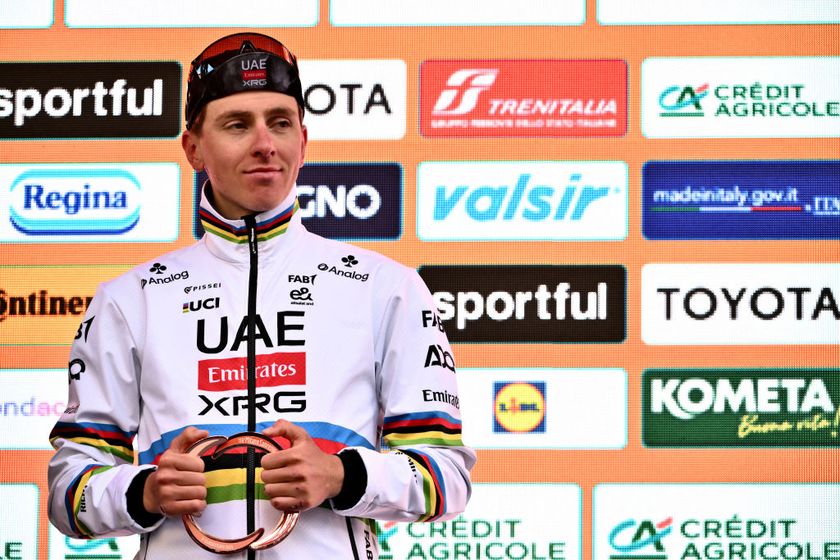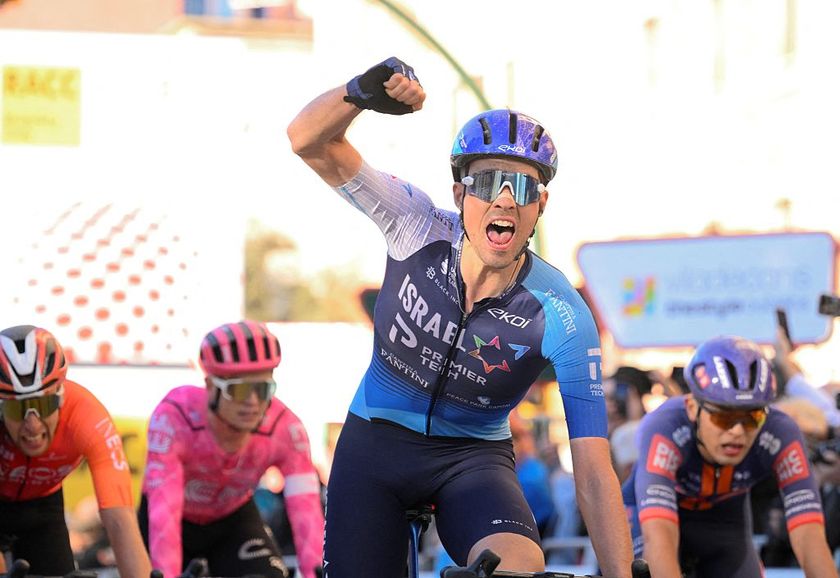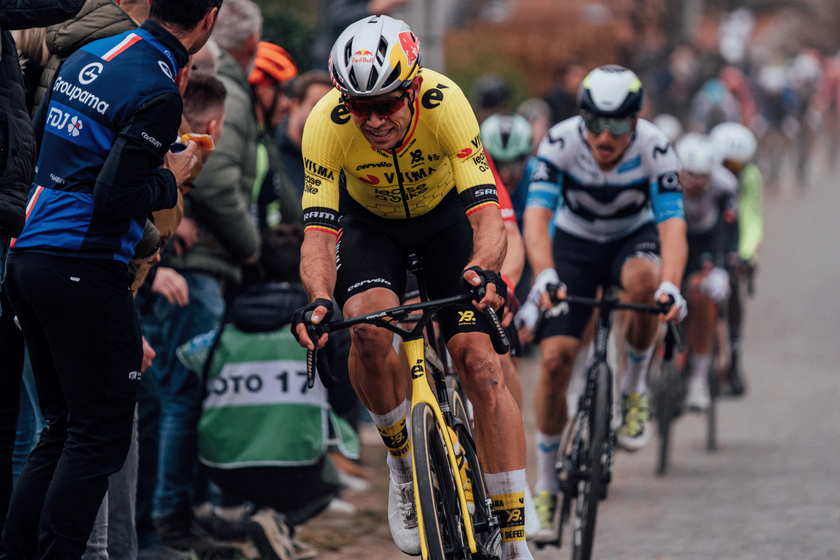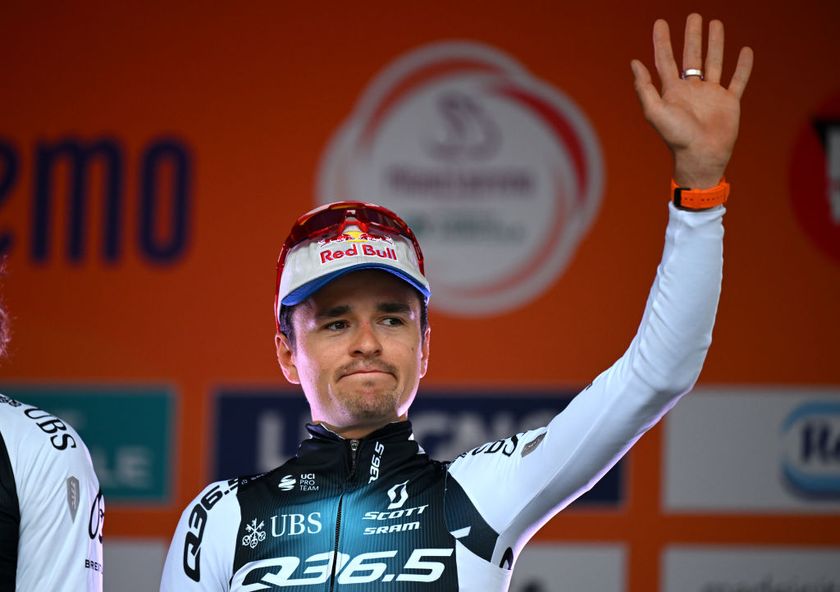Craig Lewis secures 2012 contract
American confident of full return from broken femur
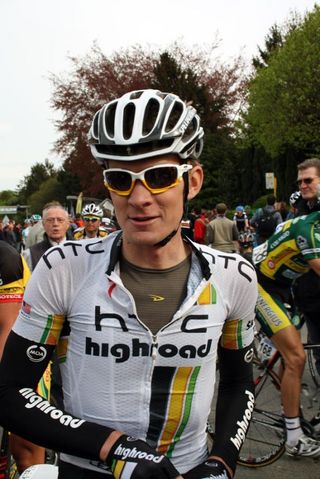
American Craig Lewis, one of the last riders of the HTC-Highroad team to find a new position following his squad's demise, has secured his future with a new contract for 2012.
A broken femur from a crash in the Giro d'Italia couldn't have come at a worse time for Lewis. While still being nursed back to health, he found out that his HTC-Highroad did not find a title sponsor and was shutting down at the end of the year.
Faced with shopping himself to new teams in a shrinking job market while still barely able to walk right, Lewis was unwavering in his determination to return to the European peloton and not settle for a domestic team.
After months of work, he finally secured a contract, but the team is not ready to make an official announcement. It should be made public in the coming weeks.
Lewis told Cyclingnews that he feels like he's found the right team, one that won't compromise his goals of racing in Europe but will offer him more opportunities than he's had in the past few years.
"I was only going to [sign] if it felt right for me. I wasn't going to go to any random team," Lewis said. "This team showed me a lot of belief and a lot of respect. I will have a leadership role, and it will give me more freedom. What more can you ask for from a team?"
It's still early days, but Lewis said he will target the Tour of California as a main goal, something which he hasn't been able to do since he settled into his role as a domestique for HTC-Highroad in 2008.
Get The Leadout Newsletter
The latest race content, interviews, features, reviews and expert buying guides, direct to your inbox!
An uphill battle
It wasn't easy work to find a new contract, he said when interviewed last month at the Interbike trade show. "I don't have WorldTour points, I haven't won big races, but that hasn't been my motivation. My job was to help guys like Cavendish."
While HTC-Highroad was happy with all the work Lewis put in, trying to convince other teams of his abilities has been less than simple, and the lack of recognition was a source of grief for the 26-year-old.
"For all the work I did in the Giro I'd assume I'd find a home at any team. There aren't many guys that can do that. It's hard to explain to the teams what kind of rider you are. It's almost like you need a domestique's competition for most kilometers ridden on the front," he said, half-jokingly.
He said the merger between RadioShack and Leopard Trek has been a big disruption to the contract negotiation process for the entire peloton.
"With Leopard and RadioShack and other rumors of teams combining, it's so detrimental to the sport. It puts everybody on a holding pattern. It drives everything into the ground. People are just going to wait until December and then everyone will be scrambling."
While some riders on those teams are still unsettled, Lewis is relieved to have his own situation secured, and can now focus on regaining full strength.
A second comeback
Lewis showed remarkable determination in making his way back to racing not even three months after his injury. He started the USA Pro Cycling Challenge in August not sure he'd make it past the prologue, but every day he made it through and eventually finished the race
"That was way beyond my expectations. But I knew I was nowhere near 100%," Lewis said. He had shown he could get back to racing, shown potential employers that he wasn't damaged goods. But rather than continue to compete, he decided to step back and finish his rehabilitation following that race.
"I wasn't able to help the team in Colorado, so after that race, having finished, I decided I wanted to focus on coming back 100 per cent - no more training or racing, just rehabbing the leg." He's been undergoing intense physical therapy and massage and has noticed a big improvement.
"It's changed everything. it's been a huge improvement."
It wasn't the first time Lewis has had to suffer through the physical and mental challenge of coming back from severe injuries. In fact, Lewis is perhaps better known for the 2004 Tour de Georgia crash which nearly took his life than for his endless kilometers of pulling on the front of this year's Giro d'Italia before the television cameras arrived.
In 2004, when a driver pulled onto the course in front of Lewis as he was going full-steam during the time trial, he punctured both lungs and had 47 broken bones, but this time his injury more greatly impacted his money makers - his legs.
"I've broken many bones, but most were upper body execpt for my tibia. To break the femur, there's nothing I can compare it to. If I was just going to work a desk job or riding recreationally I wouldn't notice a big difference, but trying to perform and get 100 per cent out of your body, it's a really hard set back. You're used to your legs being stronger than everything else and feeling strong, but to lose one of them is really mentally challenging to recover from.
"It's a long process to get back to what you remember is normal. it's not great, but it's part of the sport. Fortunatley it's not that common. Not everyone has to go through it, but if you do it's hell."
It was the second to last day of the Giro d'Italia when a sign post on a small traffic island stopped Lewis's top-speed downhill progress. The force of the impact broke Lewis's left leg and the steel post in two.
There may have been those who've doubted that Lewis can regain the power which made him a critical domestique for Mark Cavendish and a stage contender in the Giro d'Italia, but if there's anything that Lewis knows how to do, it's make a startling comeback.
"From what I've learned over my seven years of racing is that the body can adapt to anything. The hardest part of coming back is the mental aspect. You have to hit the reset button. You have to start from being like a 10 year old. People that struggle to come back don't realize that."
After his 2004 crash, Lewis returned to win the US under-23 road and criterium titles two years later, and considering his previous miraculous return, Lewis has the confidence he needs to overcome his latest obstacle.

Laura Weislo has been with Cyclingnews since 2006 after making a switch from a career in science. As Managing Editor, she coordinates coverage for North American events and global news. As former elite-level road racer who dabbled in cyclo-cross and track, Laura has a passion for all three disciplines. When not working she likes to go camping and explore lesser traveled roads, paths and gravel tracks. Laura specialises in covering doping, anti-doping, UCI governance and performing data analysis.
